Vietnamese cuisine is renowned for its bold flavors and aromatic ingredients, many of which are rooted in its diverse and unique spices. These spices not only enhance the taste of dishes but also reflect the country’s rich cultural heritage and regional diversity. From the highland forests of the North to the tropical plains of the South, Vietnam offers an array of distinctive spices that make its cuisine unforgettable. Here’s a closer look at the top 10 unique spices in Vietnam and how they contribute to the country’s culinary identity.
Top 10 Unique Spices In Vietnam
1. Mắc Khén (Wild Pepper)
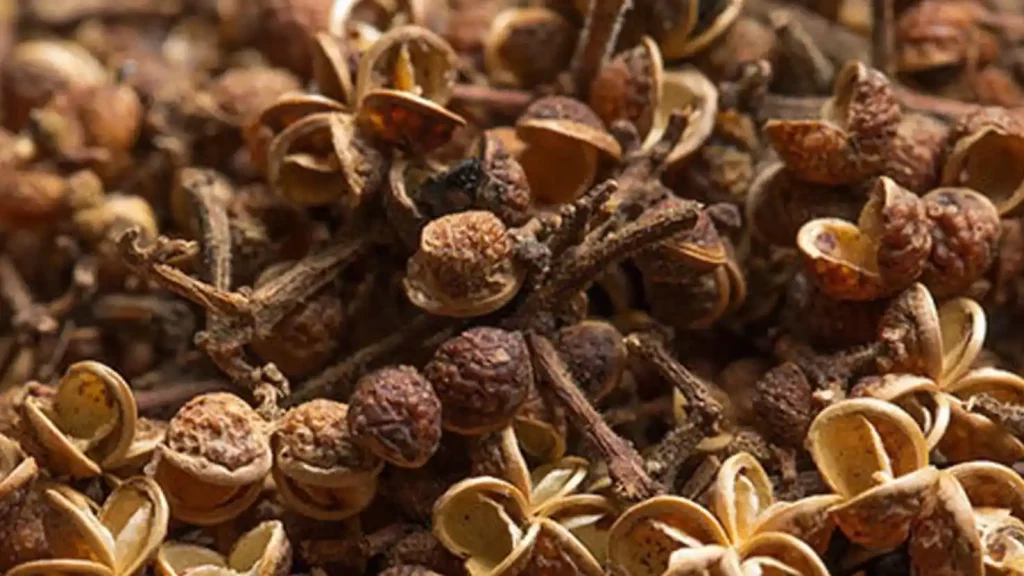
Mắc khén, often referred to as wild pepper, is a signature spice of Vietnam’s northwestern highlands. Unlike conventional peppercorns, mắc khén is a member of the prickly ash family, offering a unique, citrusy aroma with a numbing sensation similar to Sichuan pepper. This spice is widely used in dishes by ethnic minorities in regions like Sơn La and Điện Biên, where it enhances grilled meats and dipping sauces. Its vibrant flavor transforms simple dishes into aromatic masterpieces.
2. Hạt Dổi (Dổi Seeds)
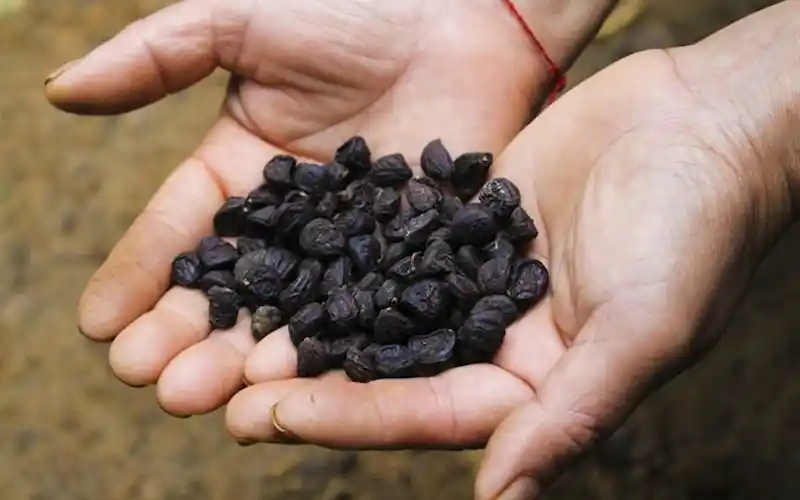
Hạt dổi is another unique spice from Vietnam’s mountainous regions, prized for its intense aroma and warm, nutty flavor. These small, black seeds are typically toasted and ground before being added to food. Hạt dổi is a key ingredient in traditional dipping sauces and marinated meats, particularly in dishes served during festivals or family gatherings. Its bold, smoky undertones elevate grilled meats and sausages, making it a cherished seasoning in northern cuisines.
3. Hoa Hồi (Star Anise)
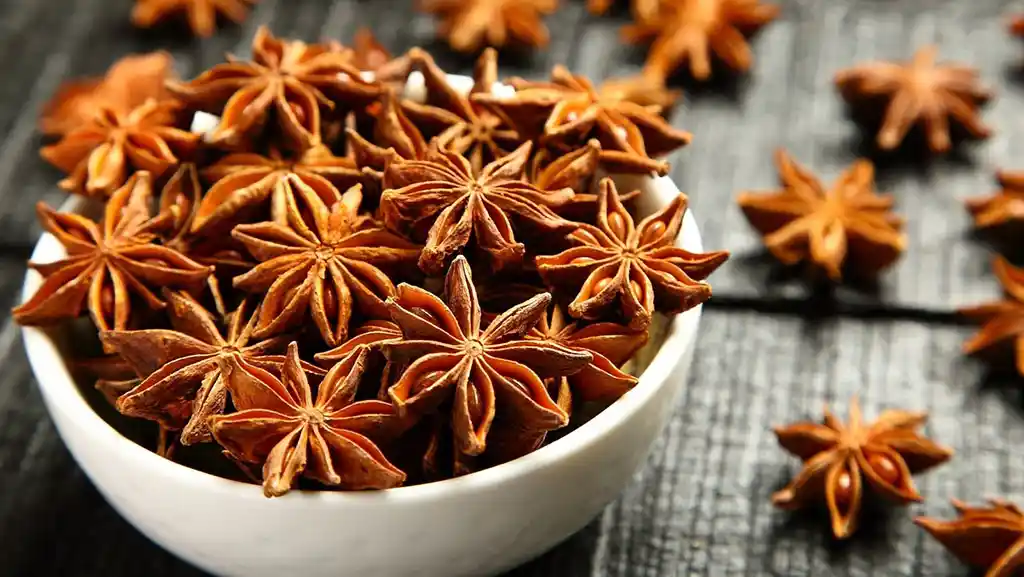
A staple in Vietnamese cuisine, hoa hồi, or star anise, is one of the defining flavors of phở, Vietnam’s iconic noodle soup. Native to the northern provinces, star anise is valued for its sweet, licorice-like flavor and fragrant aroma. Besides being a cornerstone in phở broth, it is also used in braised dishes like thịt kho tàu (braised pork belly) and in marinades for roasted meats. Star anise not only enhances flavor but also carries cultural significance, symbolizing prosperity and good fortune in Vietnamese tradition.
4. Rau Răm (Vietnamese Coriander)
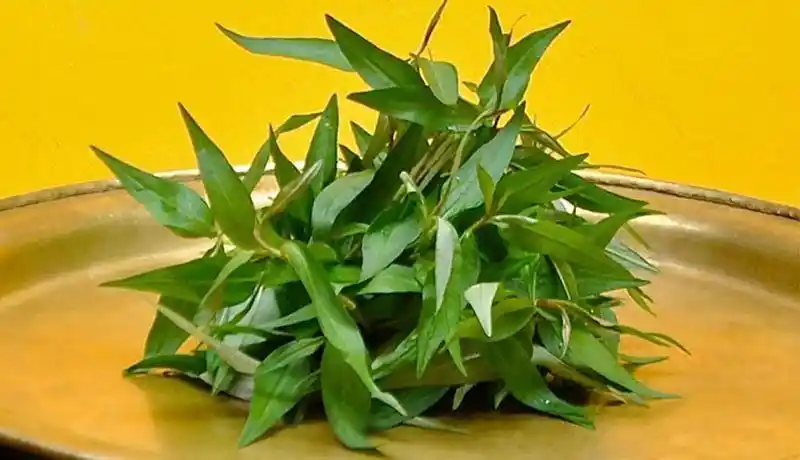
Rau răm, or Vietnamese coriander, is an aromatic herb with a slightly peppery, spicy, and lemony taste. Commonly used as a garnish or seasoning, it adds a refreshing yet sharp flavor to soups, salads, and stir-fried dishes. This herb is a popular addition to fertilized duck eggs (balut) and Vietnamese salads like gỏi. Rau răm’s unique profile perfectly balances richer, heavier dishes, offering a distinct touch to Vietnamese cuisine.
5. Lá Lốt (Piper Lolot Leaves)
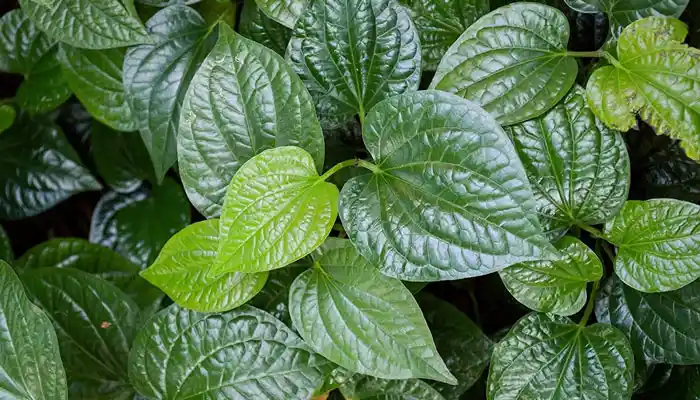
Lá lốt, or wild betel leaves, are a versatile spice often used to wrap and flavor grilled or fried dishes. These heart-shaped leaves have a peppery, slightly spicy taste that pairs beautifully with ground meats and seafood. Lá lốt is most famously used in bò lá lốt (beef wrapped in betel leaves), where its distinctive aroma adds depth to the dish. Beyond its culinary uses, lá lốt is also valued in traditional medicine for its anti-inflammatory properties.
6. Húng Chó (Vietnamese Mint)

Húng chó, also known as Vietnamese mint or laksa leaf, is an herb with a pungent, citrusy flavor that’s essential in Vietnamese soups, salads, and dipping sauces. Its sharp and slightly bitter taste provides a refreshing contrast to rich dishes like bún chả (grilled pork with noodles) or gỏi cuốn (fresh spring rolls). Húng chó also pairs well with fermented ingredients, making it a key component in balancing flavors in Vietnamese cuisine.
7. Lá Mắc Mật (Clausena Leaves)

Lá mắc mật, or Clausena indica leaves, are native to northern Vietnam and are frequently used in the cuisine of ethnic minorities like the Tày and Nùng people. These leaves have a sweet, tangy flavor reminiscent of lemongrass and citrus, making them ideal for marinating meats and adding depth to soups. The leaves are most famously used in vịt quay lá mắc mật (roast duck with Clausena leaves), where they impart a distinctive aroma and flavor to the dish.
8. Riềng (Galangal)
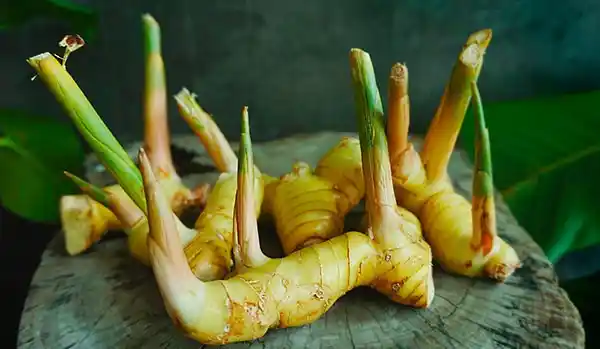
Riềng, a cousin of ginger, is a vital ingredient in Vietnamese cooking, particularly in southern and central dishes. Its earthy, citrusy flavor adds complexity to dishes like cá kho tộ (caramelized fish in a clay pot) and certain curries. Unlike ginger, riềng has a more robust, spicy profile, making it a favorite in recipes that require a bold and aromatic base. It’s also commonly used in marinades and dipping sauces, bringing a unique depth to the meal.
9. Mẻ (Fermented Rice)

Mẻ, or fermented rice, is an unconventional spice used to add tangy depth to soups and stews. This ingredient is created by fermenting cooked rice with water, resulting in a slightly sour, umami-rich liquid. Mẻ is especially popular in Vietnamese dishes like canh chua (sour soup) and ốc om chuối đậu (snails stewed with tofu and green bananas). Its unique flavor enhances the overall taste, making dishes more complex and satisfying.
10. Lá É (Vietnamese Basil)
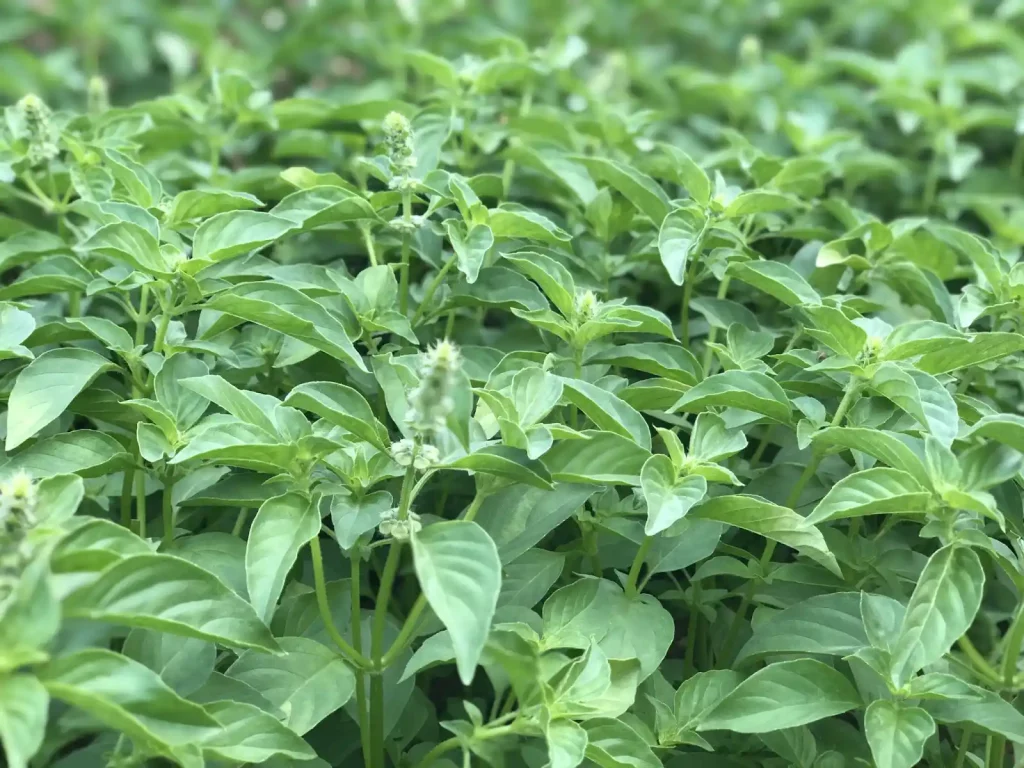
Lá é, or Vietnamese basil, is a fragrant herb with a slightly spicy, anise-like flavor. Predominantly used in the southern regions, it’s a key ingredient in hotpot dishes, particularly lẩu gà lá é (chicken hotpot with basil). The leaves add a refreshing, aromatic note to broths and are often used fresh as a garnish. Lá é’s distinct flavor elevates simple soups and stews into aromatic delights.
Conclusion
These top 10 unique spices in Vietnam are the backbone of its flavorful cuisine, providing the aromatic complexity and boldness that make each dish unforgettable. From the numbing sensation of mắc khén to the tangy depth of mẻ, these spices reflect Vietnam’s cultural diversity and deep connection to its natural environment. Exploring these ingredients not only deepens one’s appreciation for Vietnamese food but also offers a glimpse into the traditions and stories that shape the country’s culinary identity.
So, the next time you embark on a culinary adventure in Vietnam, don’t forget to seek out these extraordinary spices and experience the true essence of Vietnamese cuisine.
Discover more about Vietnamese cuisine:


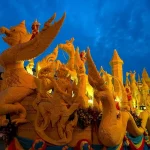

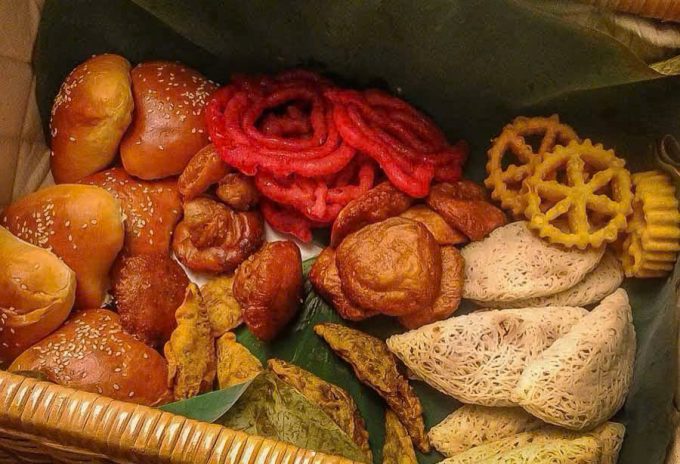





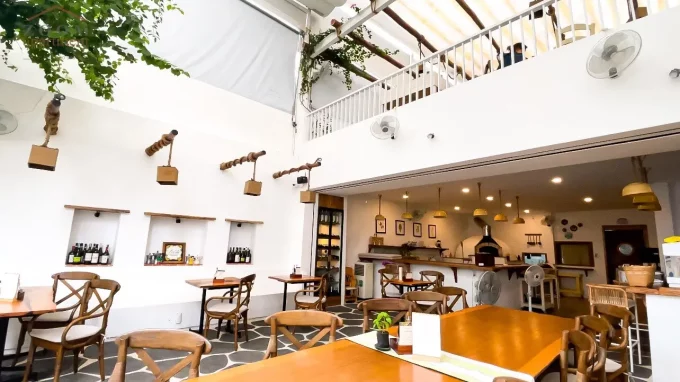

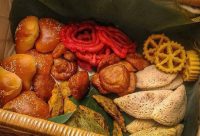


Leave a comment